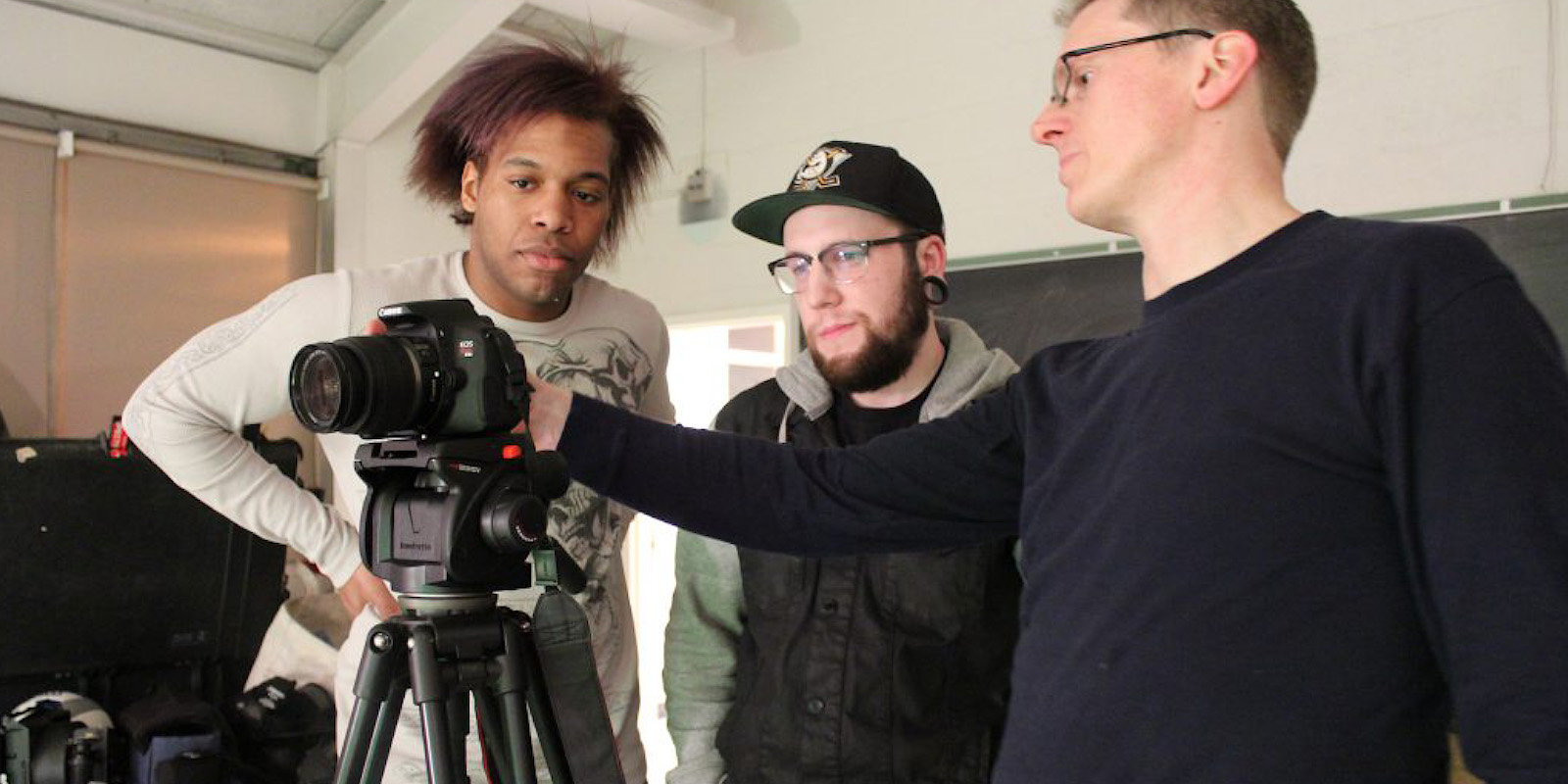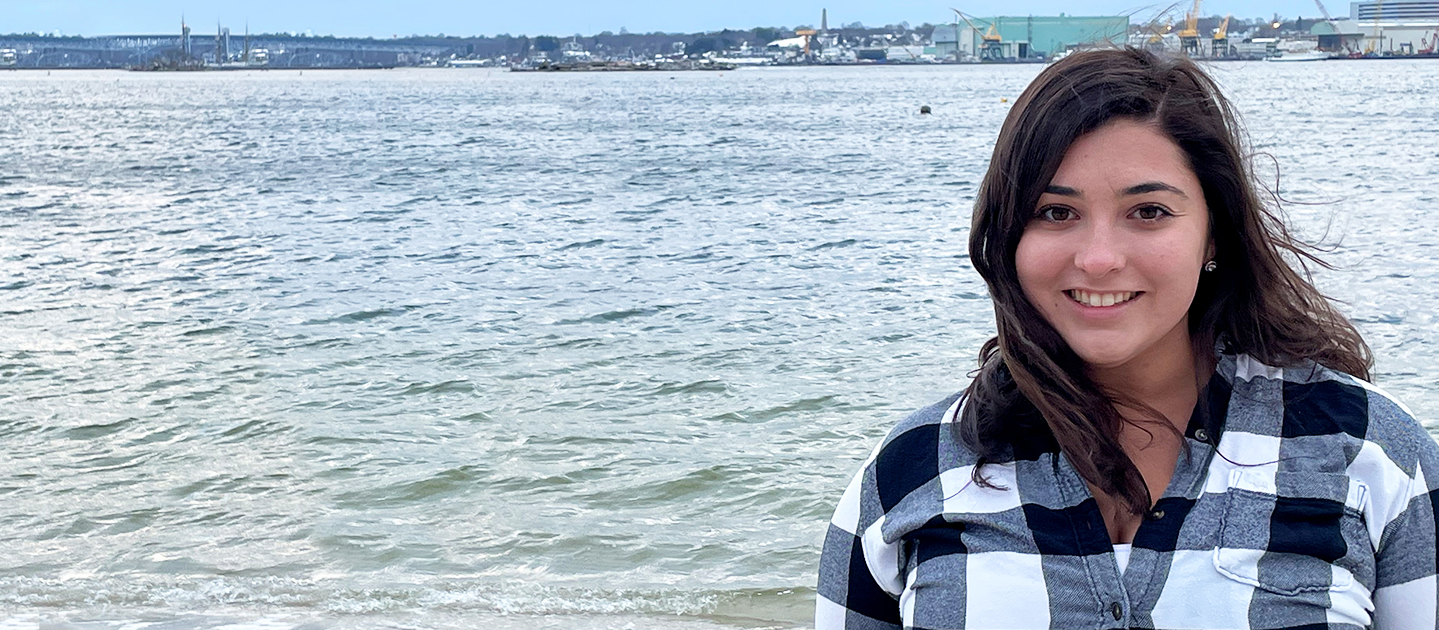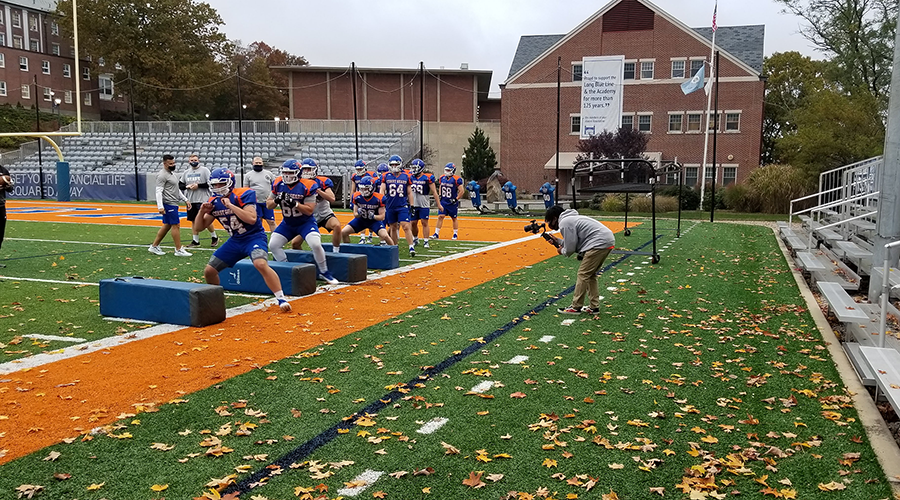The Bachelor of Science in Digital Communication empowers students to become skilled, adaptable, and culturally aware communication professionals who excel in analyzing, crafting, and sharing impactful messages.
Program Overview
The Bachelor of Science in Digital Communication program offers an immersive, hands-on educational experience that prepares students to thrive as communication and media professionals in today’s dynamic landscape.
Through carefully designed, high-impact learning opportunities, students develop the skills to analyze, create, and share effective messages across diverse platforms.
Students can choose one of two focused specializations: Digital Media or Digital Communication Strategies. Both tracks are enriched with real-world learning experiences, enabling students to tackle global issues—both in the classroom and beyond. This approach cultivates culturally aware professionals whose versatile skillsets can adapt to various career paths, empowering them to make meaningful contributions in an ever-evolving interdisciplinary field.


What You Will Learn
Students in either track in the Digital Communication program will be prepared to:
- Understand the role of communication in society
- Create effective digital messages tailored to diverse platforms and audiences using various forms of media
- Critically analyze communication and digital media and understand their roles in society
- Develop strategies for managing and communicating effectively during crises using digital tools
- Apply key concepts and theories of communication to create, manage, and analyze digital messages across various platforms
Digital Media Specialization
- Apply media production techniques to develop professional-grade multimedia projects that meet audience and organizational needs
- Create engaging and effective digital media content, including text, images, video, and audio, to represent brands and organizations across various platforms
- Utilize storytelling principles to craft compelling narratives that resonate with target audiences across digital platforms
- Demonstrate proficiency in integrating emerging technologies and media into professional deliverables
Digital Communication Strategies Specialization
- Oversee the development, curation, and coordination of multimedia content for social media and other digital platforms
- Design and manage strategic digital campaigns incorporating communication concepts and digital media
- Use industry tools and software to evaluate audience engagement and campaign effectiveness
- Create culturally aware and ethically sound communication plans that address complex challenges in professional and global contexts
The Mitchell Difference
Hands-On Learning
- Creating and managing social media for real-world organizations, brands, and media figures
- Develop visual brand identity packages using techniques such as digital storytelling, visual communication concepts, and graphic design tools and techniques
- Writing, rehearsing, and performing for video and audio applications such as podcasts, sports broadcasts, screen acting, video game voiceovers, and radio/TV advertisements
- Engage in data visualization and audience analytics platforms to interpret media campaign metrics and improve strategies for clients
Wraparound Supports
- Organizations and activities to build community with peers, learn, and have fun, such as Radio Mitchell, the college’s radio station, offering opportunities to DJ live events, host talk shows, program music, and do sports broadcasting
- Internship opportunities offering real-world experience to enhance our students’ education journey
- Service learning that combines learning objectives with community service in ways that can benefit both student growth and the community
- Research that offers students the opportunities to delve deeper into subject areas of interest with faculty guidance
- Minors and/or microcredential(s) allowing students more compact, narrowly focused courses to develop specific skills in their area of study



Career Pathways
The Digital Communication program prepares students for a wide variety of career opportunities in various disciplines:
- Digital Campaign Manager
- Digital Marketing Specialist
- Public Relations/External Communication Specialist
- Digital Content Creator
- Social Media Insights Specialist
- Brand Strategist
- Digital Communication Consultant
- Instructional Designer
- Electronic Media: Video, Radio, Television, Broadcasting Manager
- Journalism (Print or Digital)
- Government/Politics
- High-Technology Industries
- Communication and Health Care
- Law

Additional Career Preparation through Mitchell Hub
The Mitchell Hub offers online, professional development courses, including courses leading to certification in the following fields:
- Digital Arts Certificate
- Adobe Certified Professional in Video Design
- Video Game Design and Development
- Professional Grant Writing
Explore the Mitchell Hub Catalog.

Communication major Diamara Pagan has always had a passion for graphic design and wrote in her college essay that she had dreams of one day becoming a designer. While life’s obligations dimmed her passion for a while, the rising senior has found her spark again here at Mitchell College, putting her on track to pursue the career of her dreams.

Gabriella Orlando has always loved art and puzzles and now sees the connection between the two. When she researched career opportunities in the art field, she realized graphic design was the perfect fit. A communication major with a concentration in graphic design, she was able to put those skills to work and build a portfolio at her internship with Rena DeBortoli Design in Pawcatuck.

Aspiring film producer Jakobe (Kobe) Anderson found an internship through connections he made with communications professor Luke Walden and Paul Dunn, coordinator of the Integrative Career Development (ICD) center at Mitchell. Kobe landed an internship at the Coast Guard Academy (just across town from Mitchell) recording videos for sports teams. He credits his internship with improving his camerawork, using both a tripod and a gimble, an apparatus which makes running scenes smoother and is used in both the sports world and Hollywood filmmaking alike.
Sample Coursework: 4-Year Overview
View the College Catalog for full descriptions of these courses.
| Year 1 | ||||
| Fall Semester | Cr. | Spring Semester | Cr. | |
| CW101 Intro to College Writing | 3 | CW102 College Writing/Research | 3 | |
| FC101 First Year Seminar 1 – Compass | 3 | FC102 First Year Seminar 2 – Journey | 3 | |
| FC105 New London Then & Now | 3 | CO126 Interpersonal Communication | 3 | |
| CO103 Public Speaking | 3 | CO222 Visual Communication | 3 | |
| Math | 3 | Open Elective | 3 | |
| Fall Credits: | 15 | Spring Credits: | 15 | |
| Total First Year Credits | 30 | |||
| Year 2 | ||||
| Fall Semester | Cr. | Spring Semester | Cr. | |
| CO140 Video Production 1 | 3 | CO105 Mass Communication | 3 | |
| GD105 Computer Graphics | 3 | Comm Elective | 3 | |
| MG240 Principles of Leadership | 3 | Social Sciences Elective | 3 | |
| Comm Elective | 3 | Open Elective | 3 | |
| Humanities Elective (Rec. HD110) | 3 | Theme Elective | 3 | |
| Fall Credits: | 15 | Spring Credits: | 15 | |
| Total Second Year Credits | 30 | |||
| Year 3 | ||||
| Fall Semester | Cr. | Spring Semester | Cr. | |
| CO302 Communicating in Groups | 3 | CO303 Communication Research | 3 | |
| CO202 Communication and Society | 3 | MG230 Career Seminar | 3 | |
| Comm Elective | 3 | Comm Elective | 3 | |
| Science Elective | 3 | Open Elective | 3 | |
| Open Elective | 3 | Theme Elective | 3 | |
| Fall Credits: | 15 | Spring Credits: | 15 | |
| Total Third Year Credits | 30 | |||
| Year 4 | ||||
| Fall Semester | Cr. | Spring Semester | Cr. | |
| CO346 Persuasion | 3 | CO320 Organizational Communication | 3 | |
| CO307 Conflict and Communication | 3 | CO450 Communication Capstone | 3 | |
| IN450 Internship | 3 | Open Elective (Rec. HD305 Ethics) | 3 | |
| Open Elective | 3 | Open Elective | 3 | |
| Open Elective | 3 | Theme Elective | 3 | |
| Fall Credits: | 15 | Spring Credits: | 15 | |
| Total Fourth Year Credits | 30 | |||
| Total Credits to Graduate: | 120 | |||
Ready for the Next Step?
REQUEST MORE INFORMATION